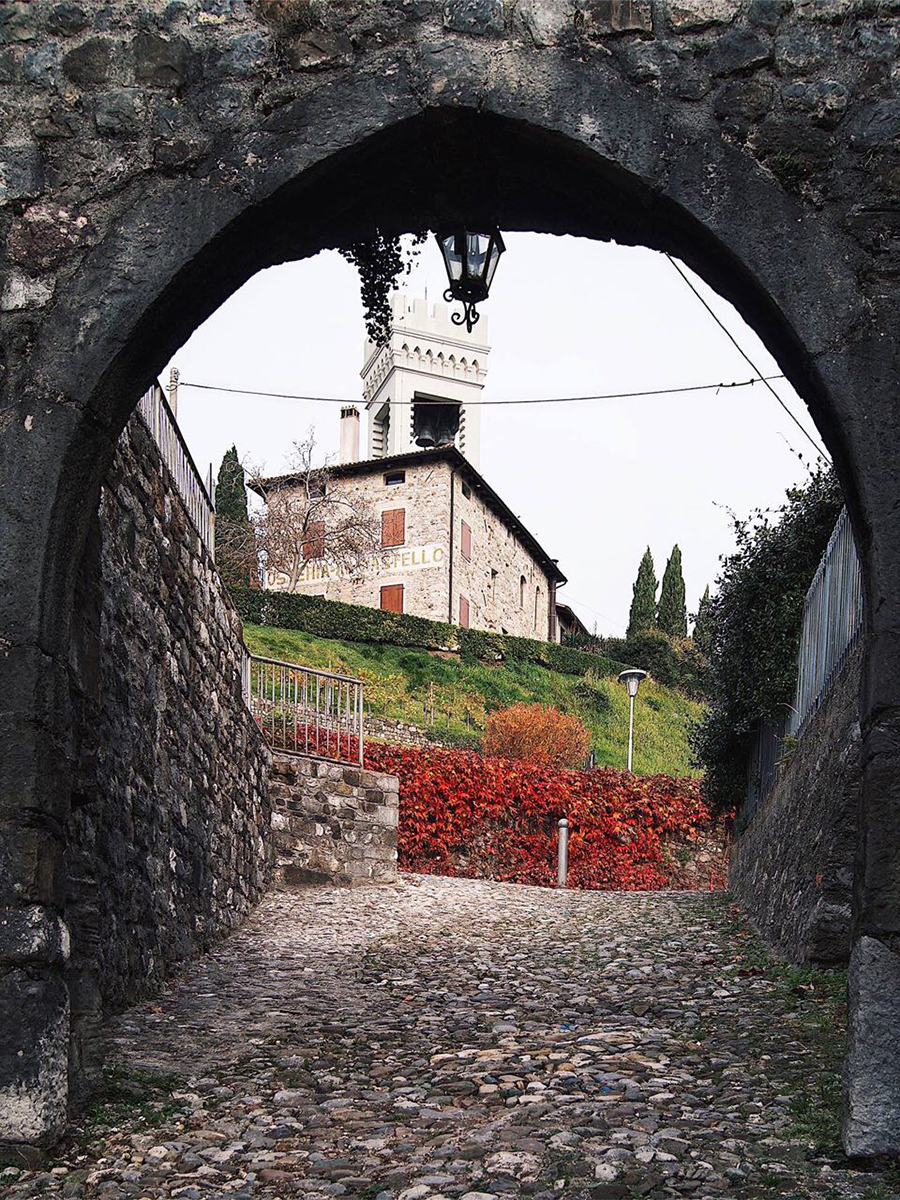The history of Fagagna
The name derives from Latin word fagus, a beech tree (from which Faganeu and then Fagagna), referring to the forests that once covered this part of the Friuli.
Fagagna appears for the first time in history on 11th June 983 AD in a diploma issued at Verona by Otto II of Saxony. The ruler of Holy Roman Empire gave possession of the castle of Fagagna to the church of Aquileia with all the rights to the land and its inhabitants for a three-mile radius.
Inhabited since prehistory and early historic times, the Fagagna area was occupied by the Romans from the first century BC The settlement continued even after the fall of the Roman Empire and the arrival of the Lombards (568 AD). In the tenth century, as already mentioned, Fagagna passed into the hands of the Patriarchate of Aquileia and on 3rd June 1420 made an act of devotion to the “Republic of Saint Mark”, becoming part of the Mainland Domain of Venice. This state of affairs remained unchanged until the
fall of Venice in 1797.
The territory of the municipality of Fagagna extends longitudinally across Middle Friuli. Half of its area consists of the uplands of the morainic amphitheatre of the River Tagliamento with the remaining part stretching out across its floodplain.
It consists of 5 settlements. Arriving: from Udine the first is Villalta, then Ciconicco. Continuing on we enter the main town of Fagagna while west of here lies the town of San Giovanni in Colle and the hamlets of Battaglia and finally Madrisio.





